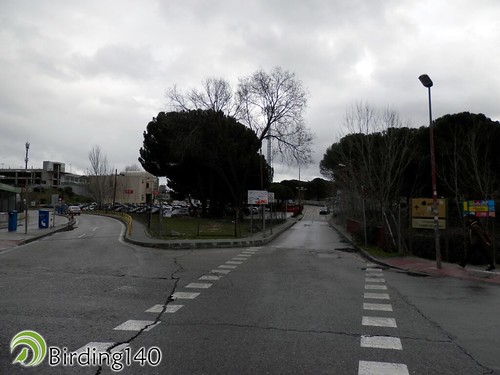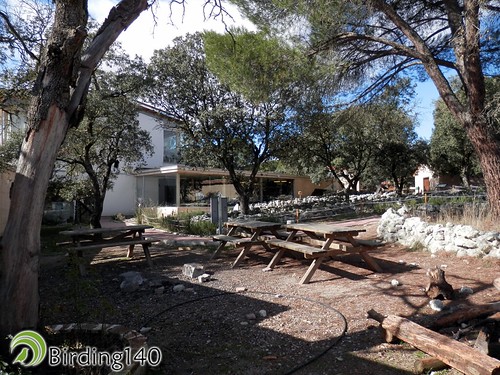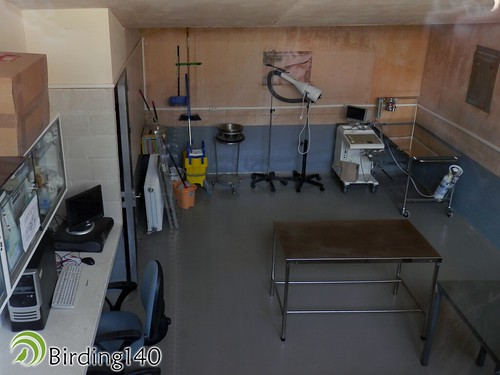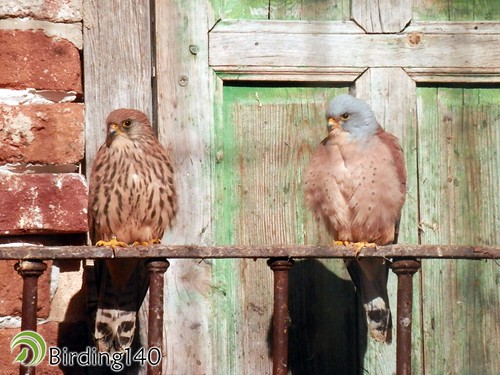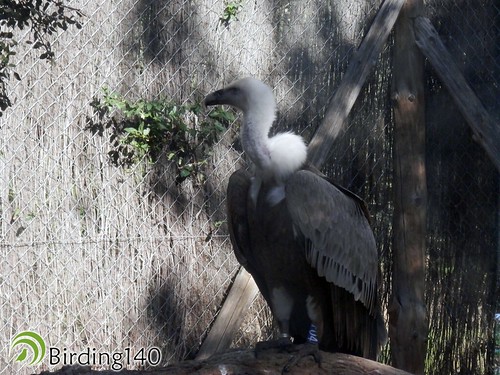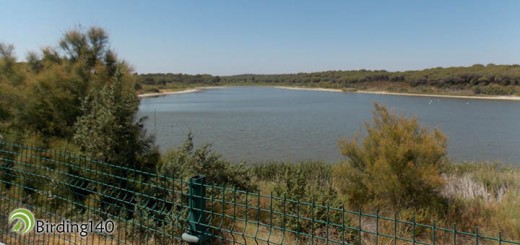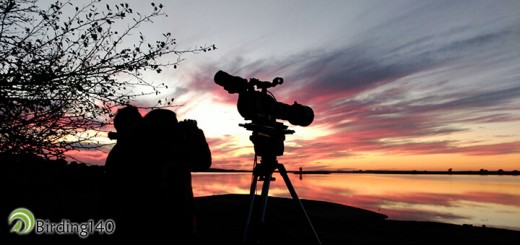The GREFA Wild Fauna Recovery Centre is located in Majadahonda, a few kilometres from Madrid. Unlike it may seem, it’s not easy getting there or, more specifically, it’s not easy getting there without getting lost. It is hidden in the Monte del Pilar, as if it were an aloof bird, surrounded by residential areas and private properties that have closed off most of the paths that access the mountain.
How to get there
The little road that gives access to the Recovery Centre starts in front of the main entrance to the Majadahonda train station. If you decide to visit the place by train, you will need to exit the station by the main entrance, cross the above-ground parking area and walk until you reach the road. Then you will need to turn left, and the Recovery Centre will appear about five hundred metres away. If you get there by car, you should take the access beside the entrance to the above-ground parking area. In the distance you will see two big mobile telephony antennas (poor sparrows) that can be used as a reference.
Main building
At the reception of the Recovery Centre you will find the eco-shop, as well as several monitors that allow you to observe the captive breeding rooms without disturbing the birds or their nestlings. The guided visit arranged by the centre costs 5 € per person. It is advisable to book it in advance, as it is limited to a maximum of 15 people. It starts with a talk about local birds of the Iberian Peninsula in the exhibition room. There you can also see several real size mock-ups of the Lesser Kestrel, the Golden Eagle, the Spanish Imperial Eagle, the Griffon Vulture, the Cinereous Vulture, etc. The visit continues on the outdoor facilities, reaching the real heart of the centre.
The Wildlife Hospital
The Wildlife Hospital is the real heart of the Recovery Centre. More than 3 000 patients, mostly birds, are treated here every year, and around 60 % of them are reintroduced into the wild. During the visit you can look through the glass to the rooms where the surgical interventions are carried out, as well as the necropsies in order to determine the cause of the death of the animal corpses that arrive to the centre, and the physiotherapy sessions.
Yes, we meant it: physiotherapy sessions. Most surgical interventions require a postoperative care with limb immobilization during several weeks or months. Without the use of physiotherapy many birds wouldn’t be able to completely recover mobility and thus couldn’t be released.
Outdoor facilities for environmental education
The visit goes on through the outdoor facilities for environmental education. The ones we consider the most interesting are, of course, those dedicated to birds. In the facility dedicated to Iberian Corvidae we find an explanation of the sad effects of bird imprinting. In the steppe birds facility you can see the aloof bustards; in the one dedicated to big eagles, you will find the spectacular Golden Eagle and the beautiful Red Kite. In the so called Lechuzar (owl barn) you can watch the Barn Owl in the darkness of a traditional barn, and in the Primillar (kestrel barn), which simulates a traditional building with numerous nooks, is the Lesser Kestrel, a real symbol of the GREFA captivity breeding program, with more than 300 chicks born during the last year. However, the most spectacular facility in our opinion is the one dedicated to scavenger birds, with its Cinereous and Griffon Vultures.
Nursery
During our last visit, on February 1, another important facility in the Recovery Centre was still closed: the “nursery”. The campaign “Orphan Chicken” is carried out every year from April to August: they collect more than 1 000 chicks and little young from local species that have been left defenceless due to either natural causes or human actions. It is a big organizational achievement to feed each of those birds every hour or every two hours each summer.
To sum up, we really enjoyed our visit to the GREFA Wild Fauna Recovery Centre. It is one of those places that show how much humans can do to reverse the damage caused to nature. We recommend it!
If you have enjoyed this post please share it on your social networks.

